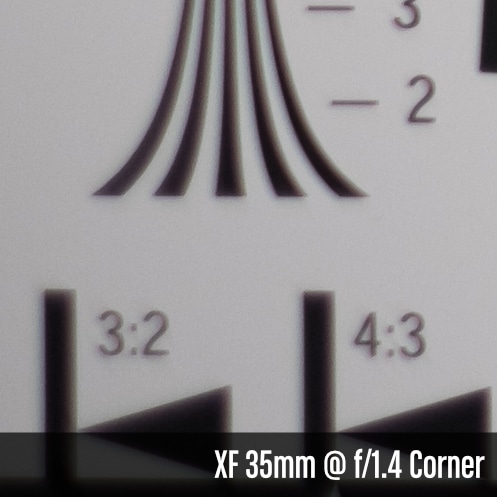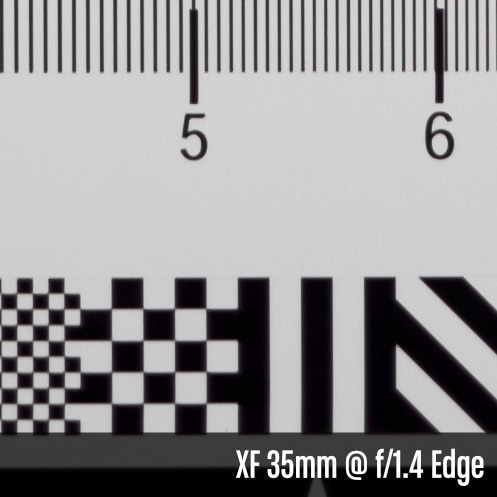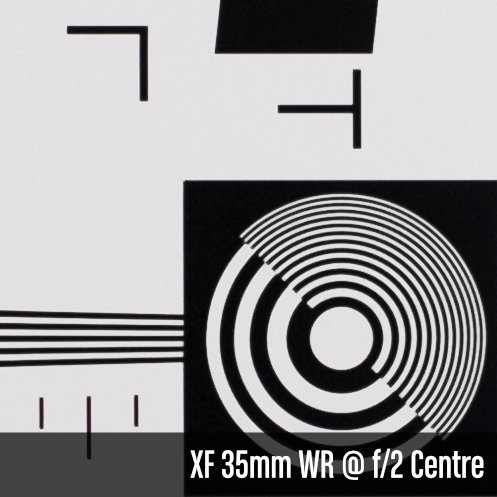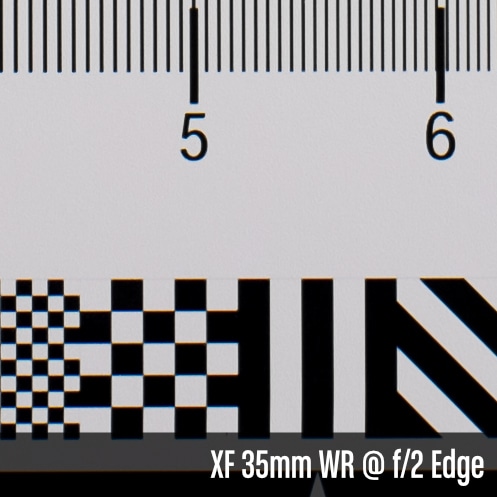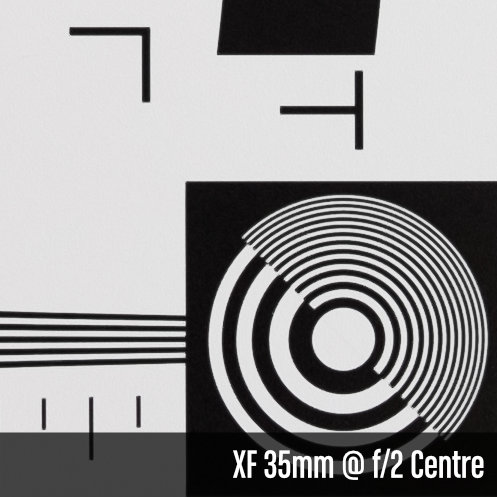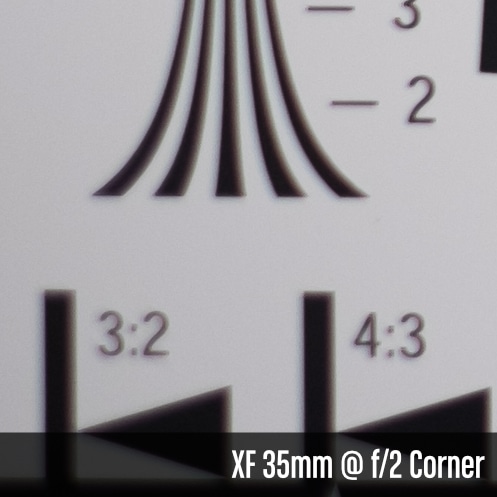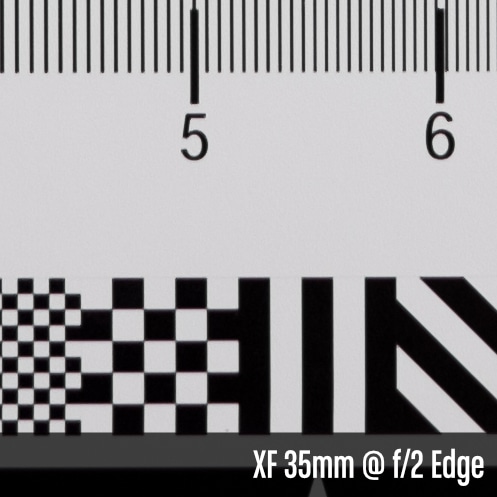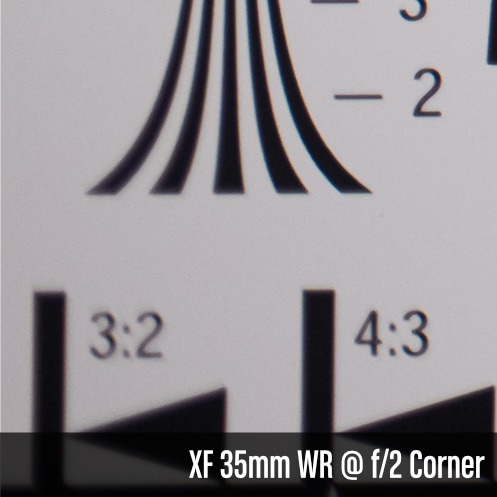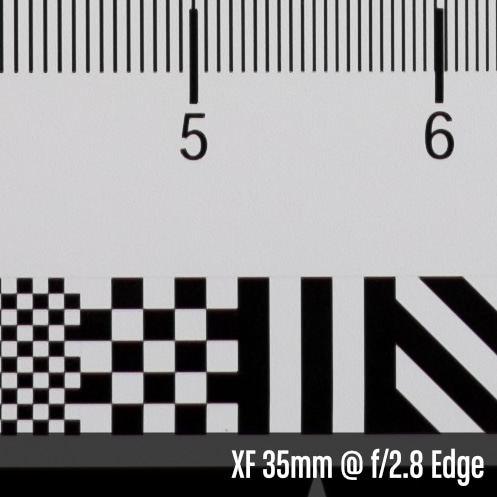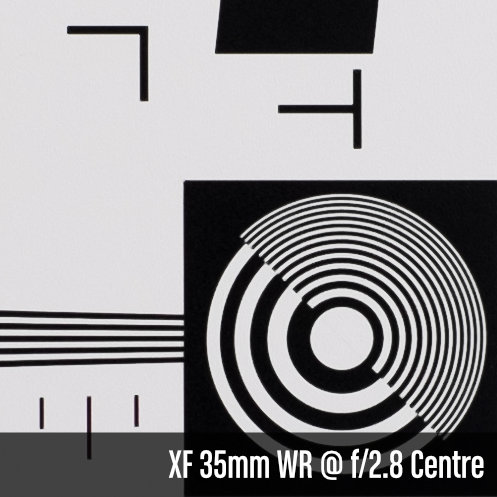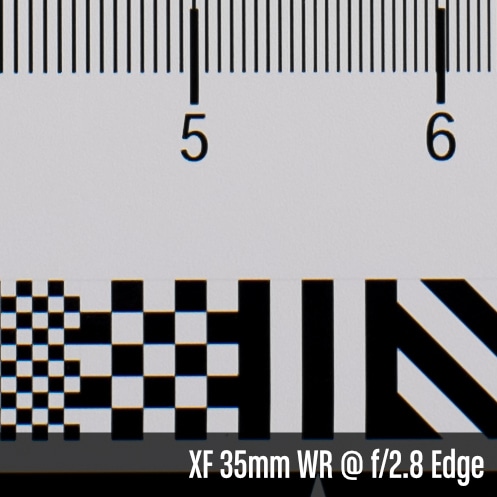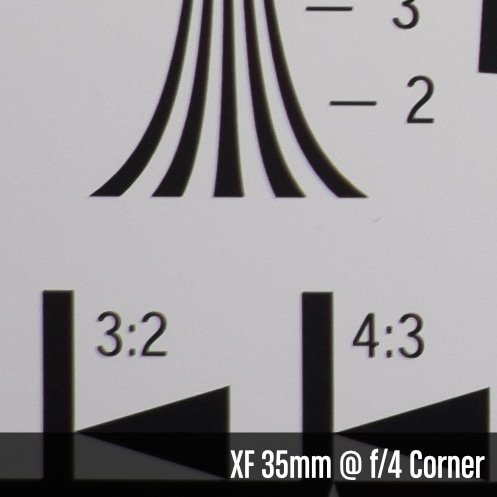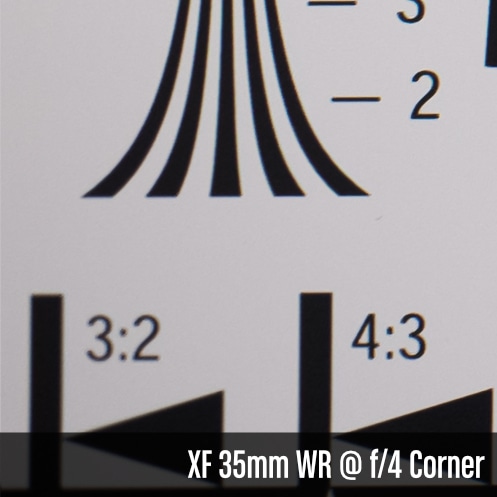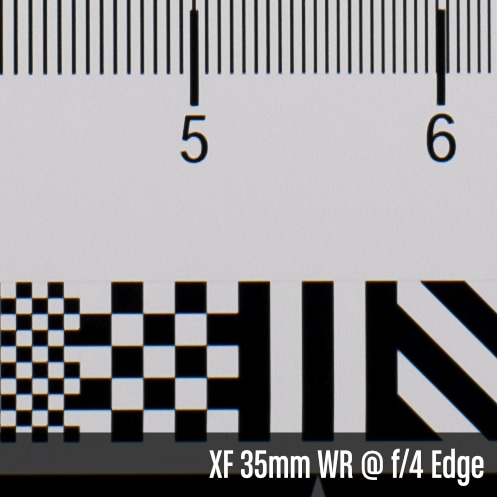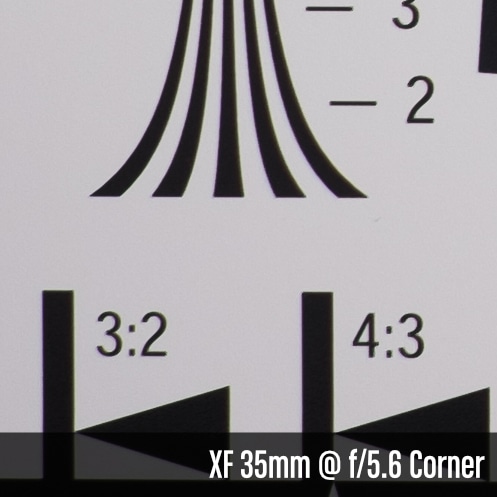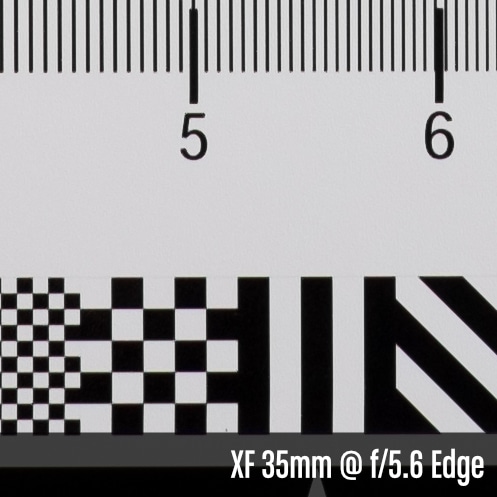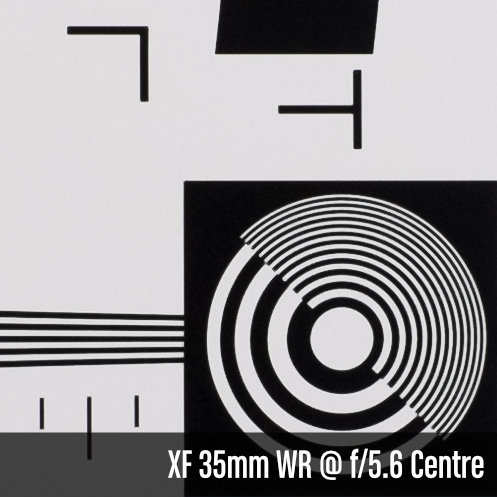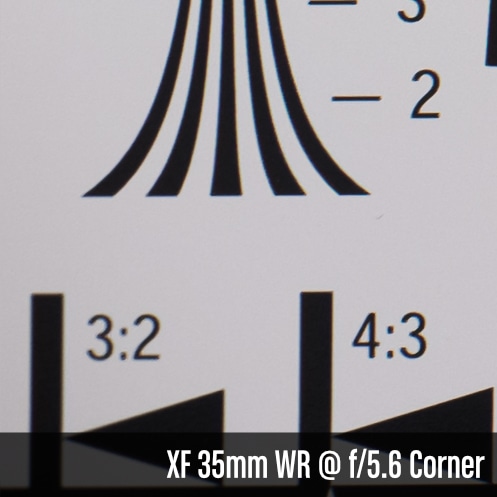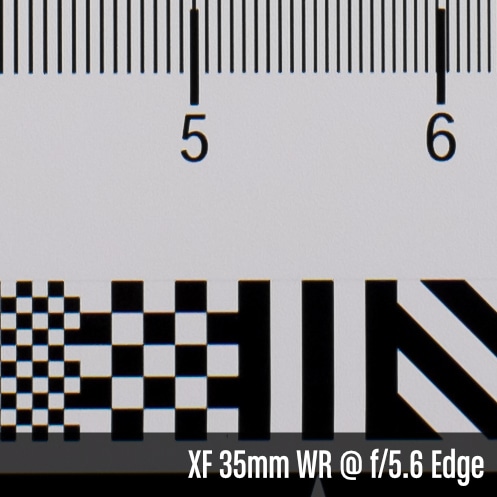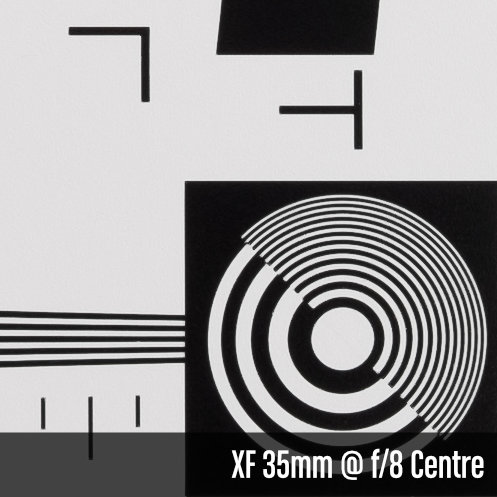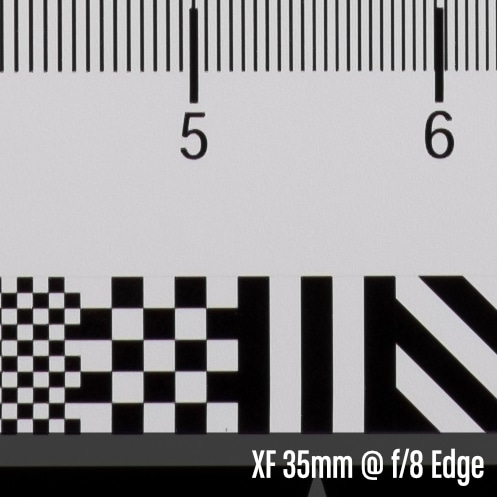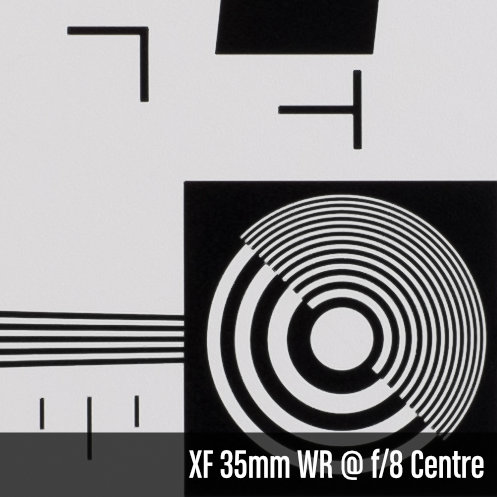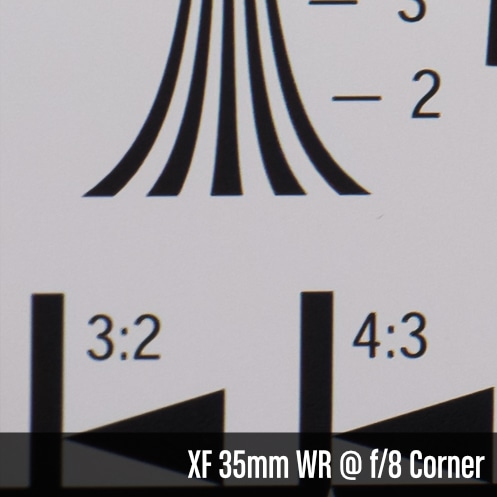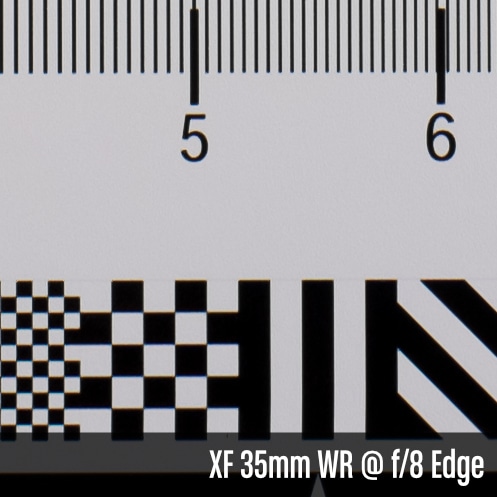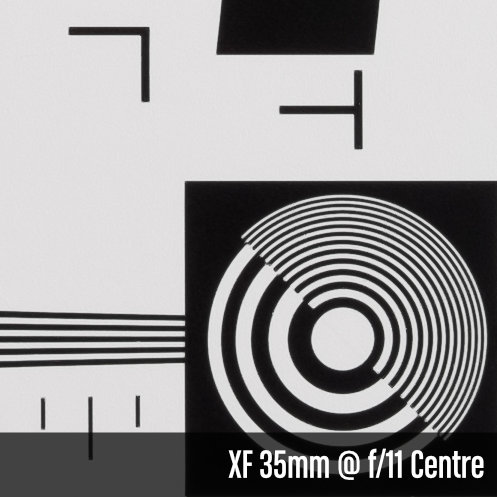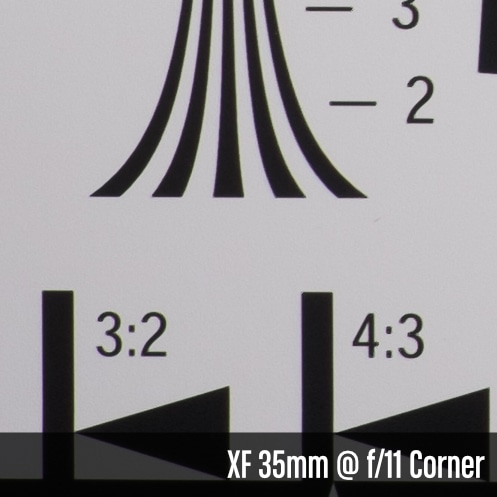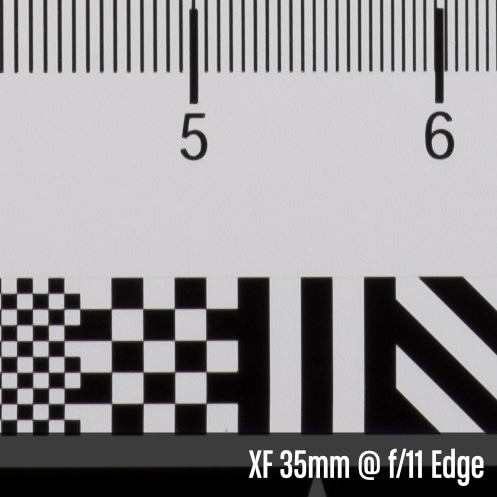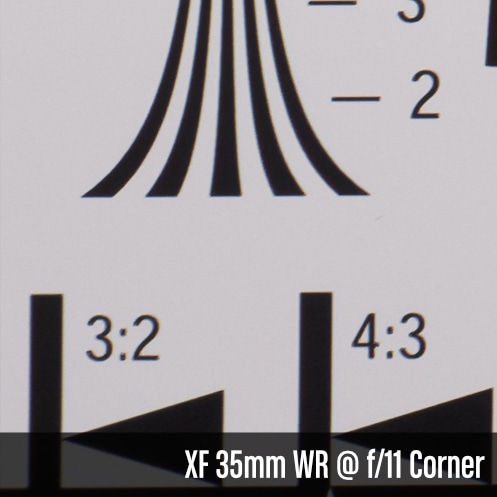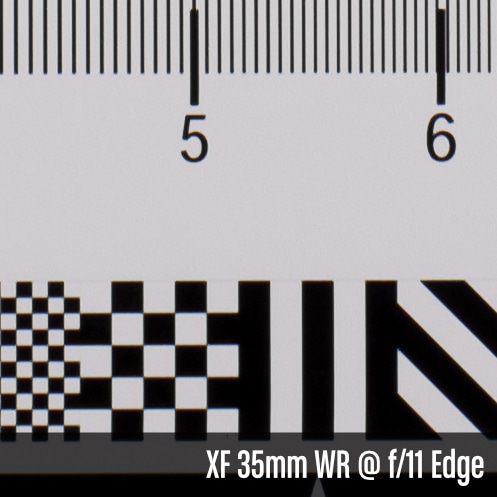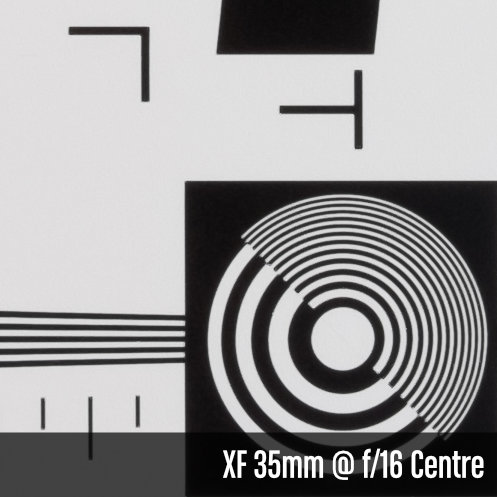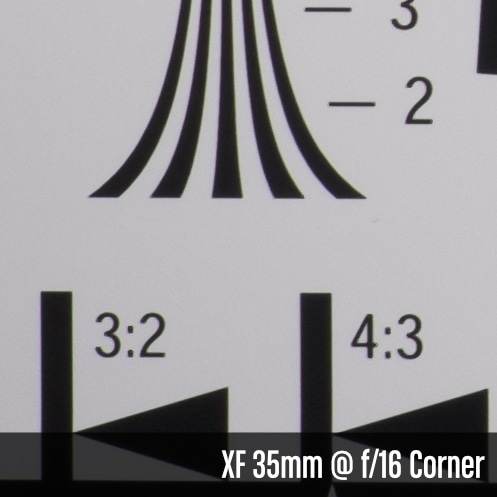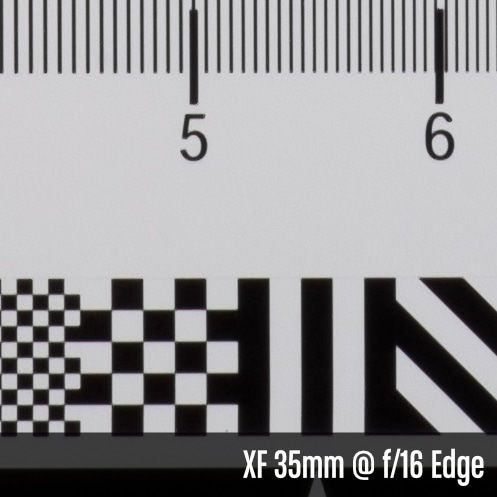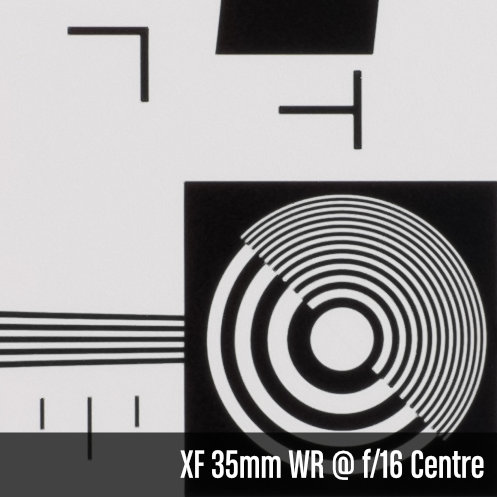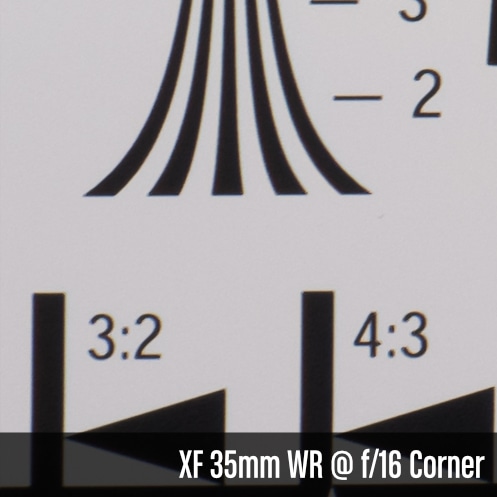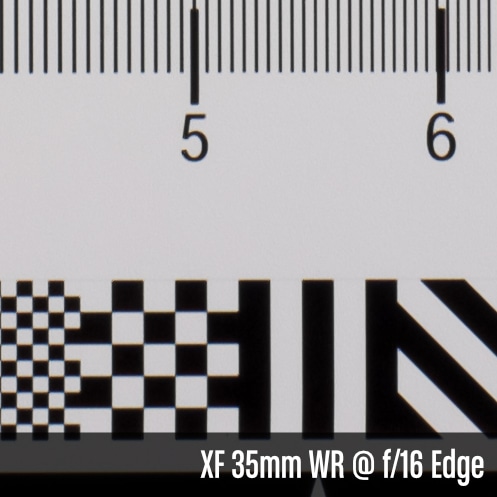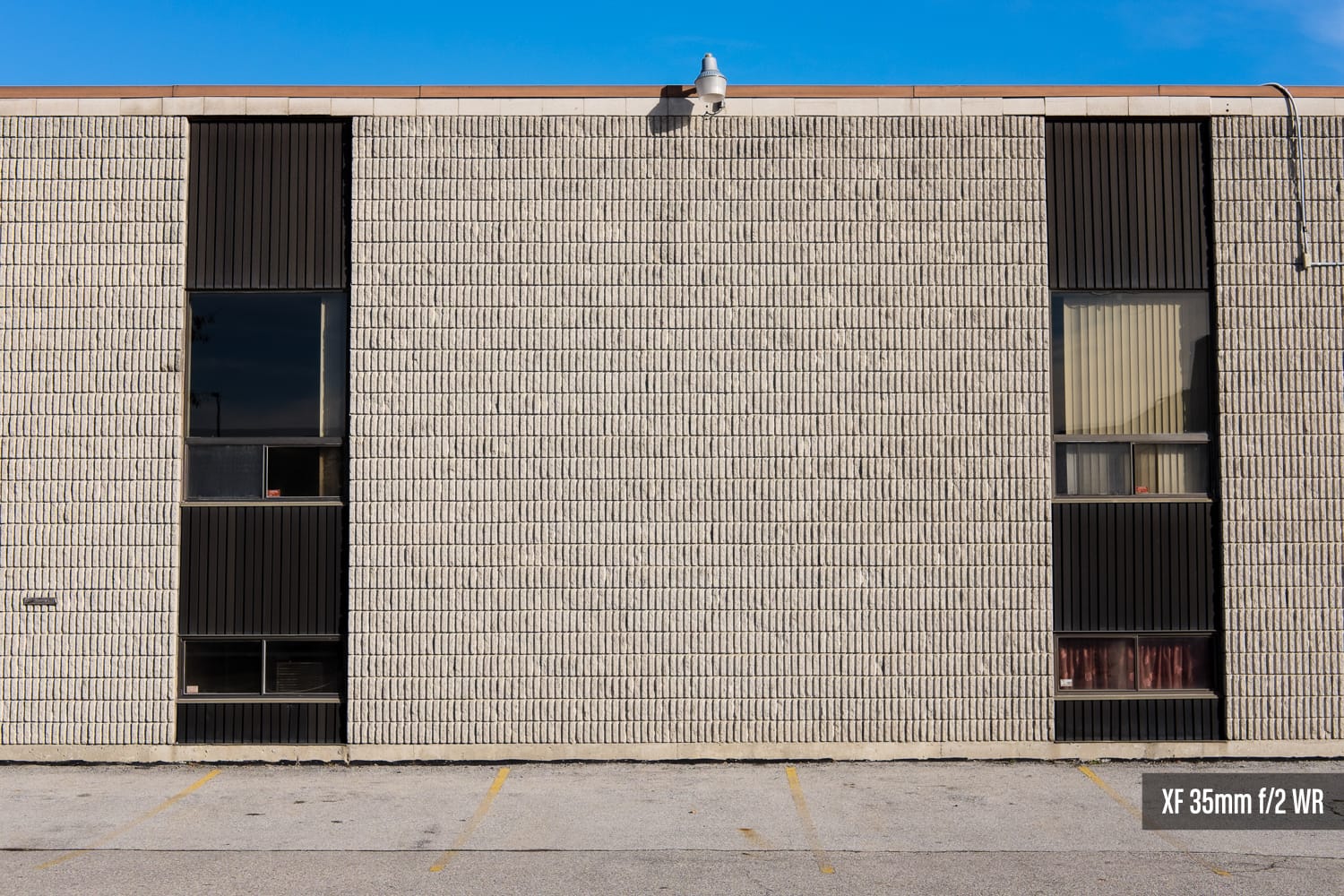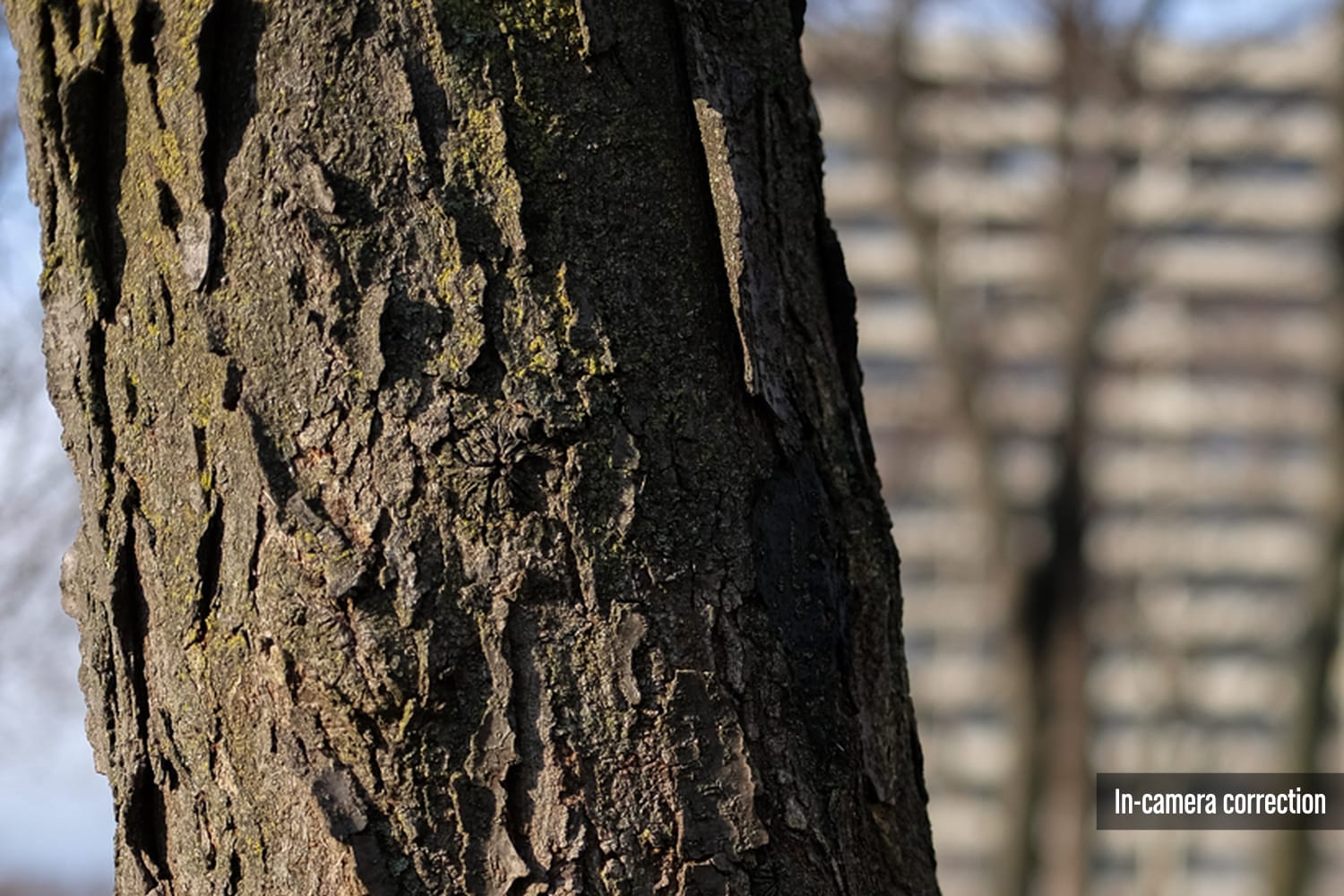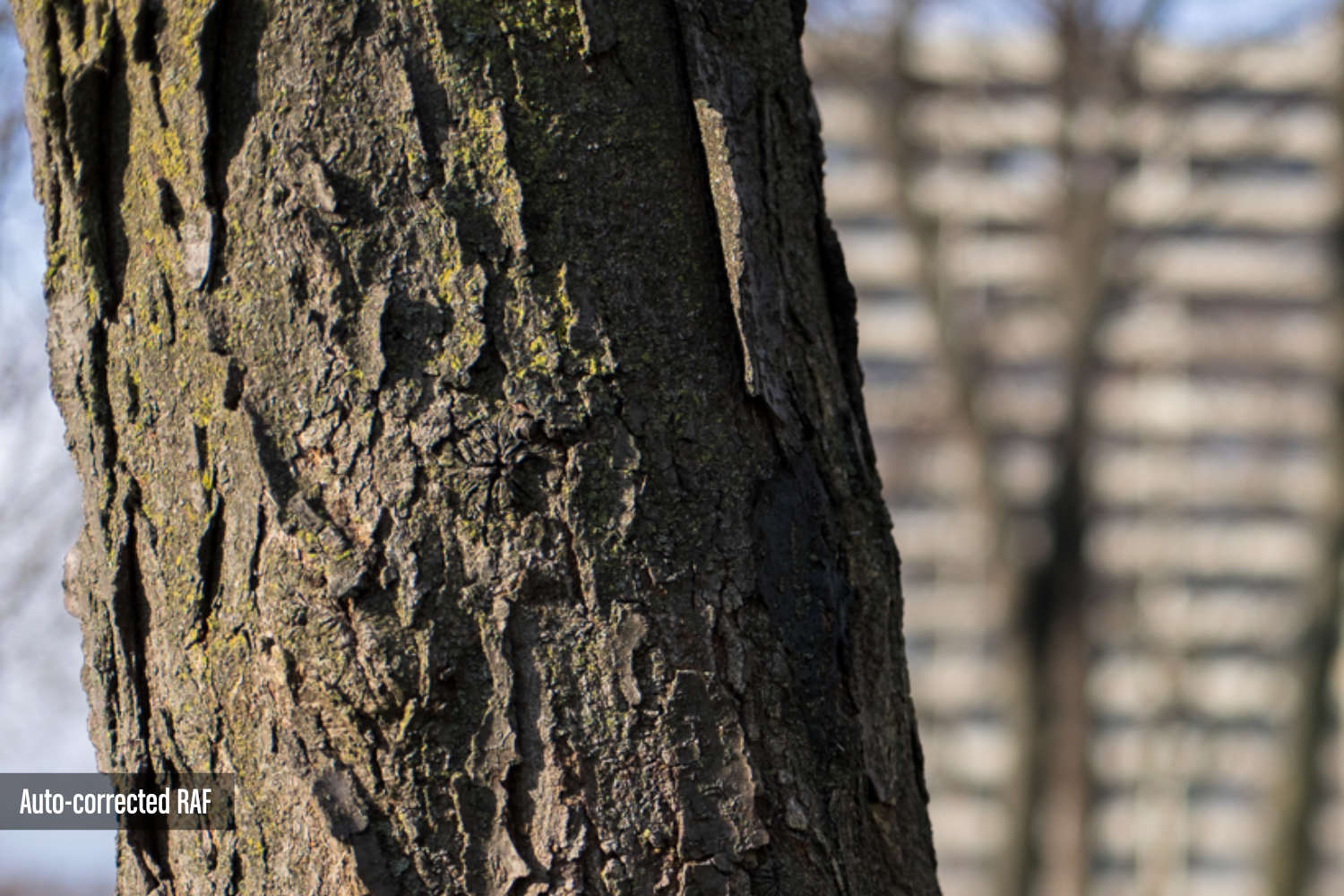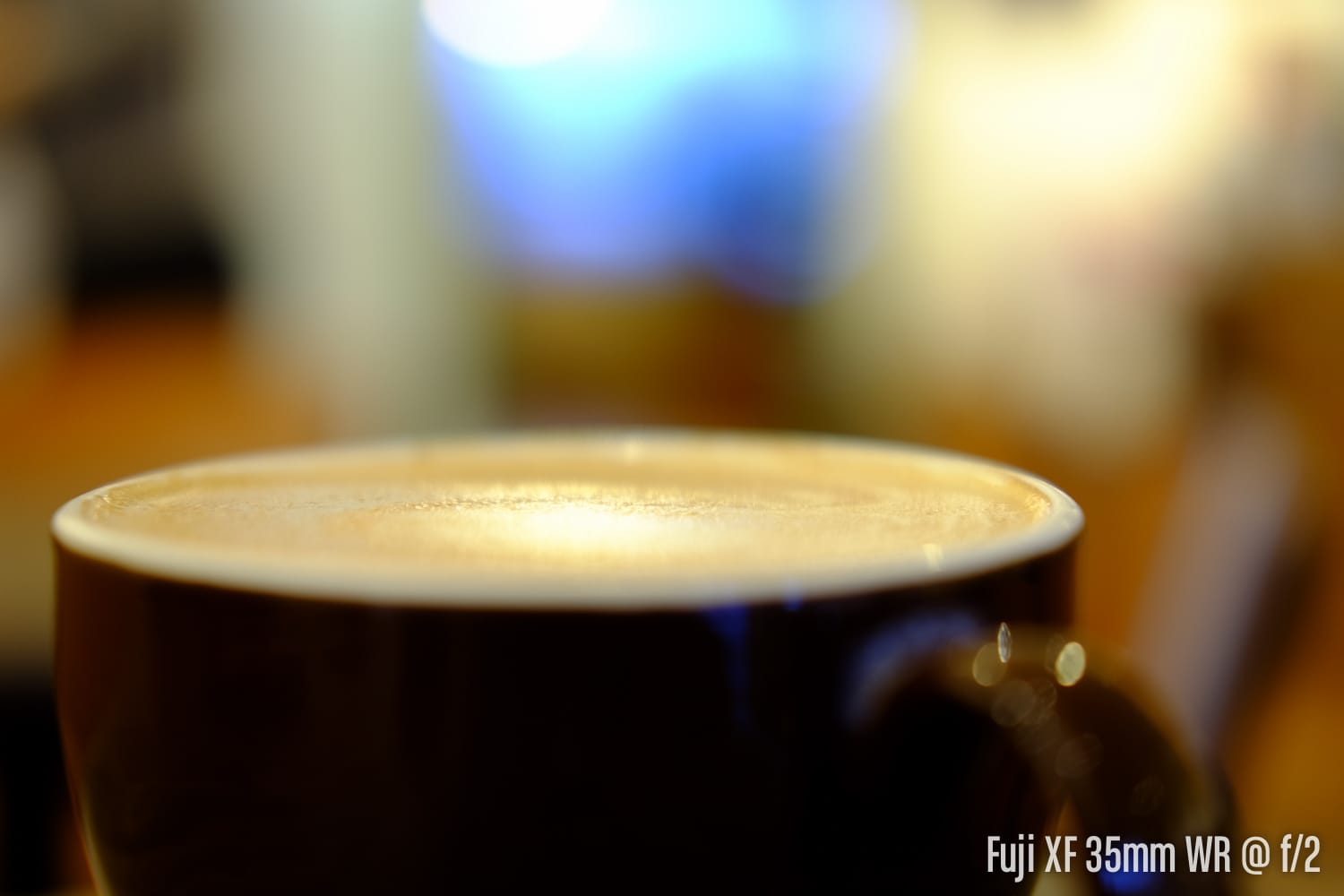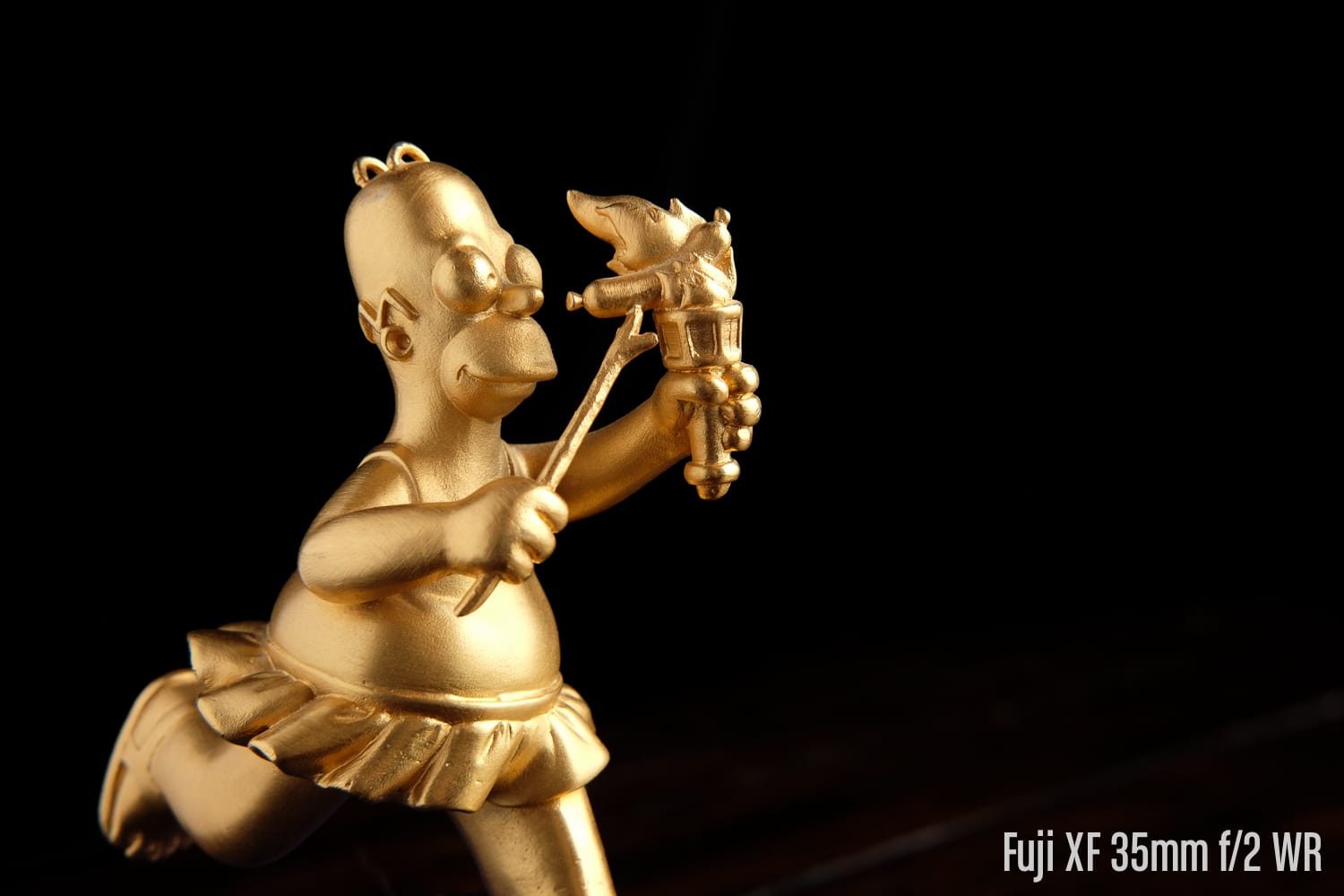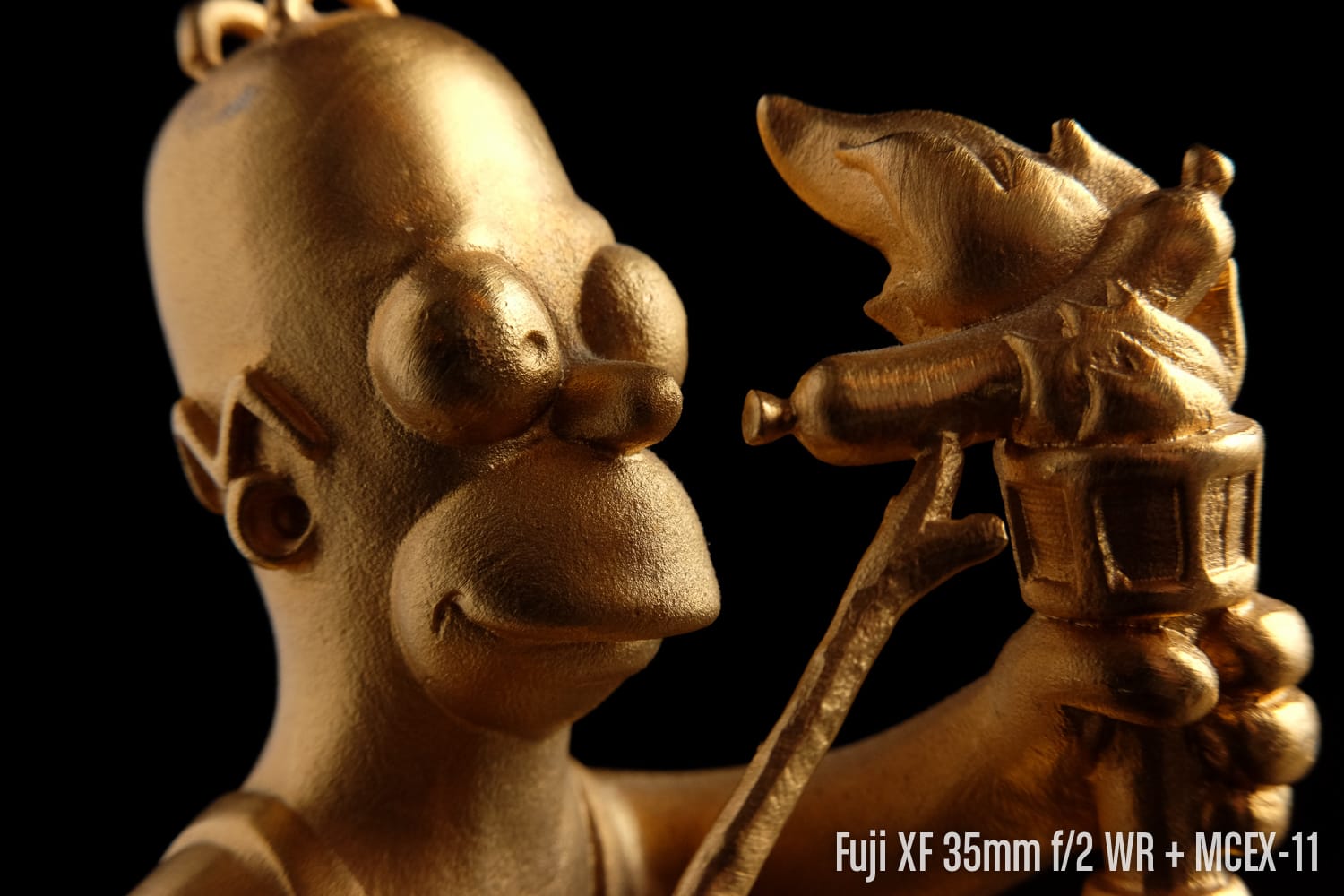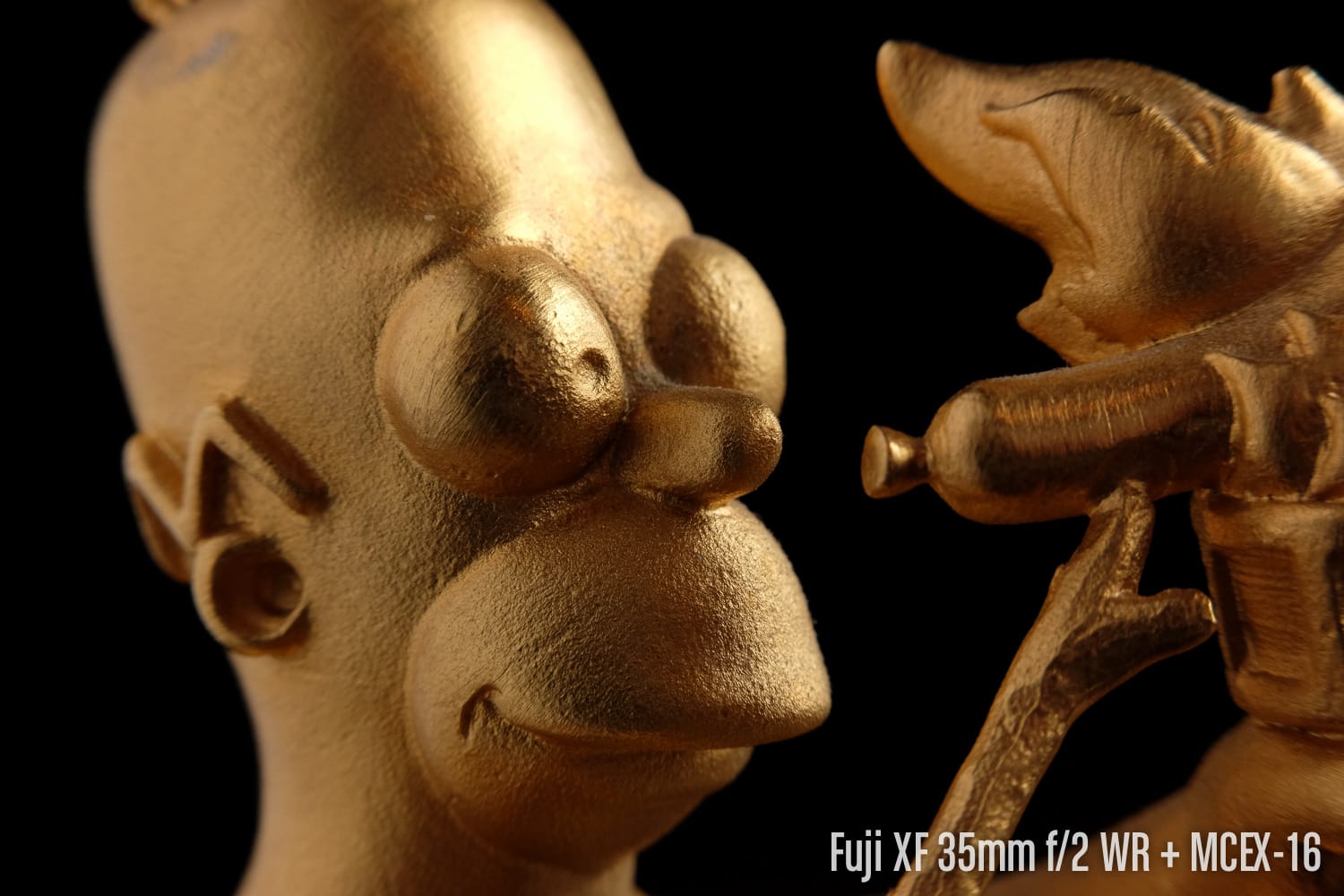Fuji XF 35mm F/1.4 vs. XF 35mm F/2 WR
This is a comparison of Fuji’s 35mm primes, the original XF 35mm f/1.4, and the weather sealed XF 35mm f/2 WR
November, 2015: Originally Published
March, 2017: Minor edits, revised hood section to include LH-XF35-2 accessory hood
Introduction
We like to refer to the 50mm equivalent as “normal,” the focal length chosen to most closely match our own field of view. Despite this rather boring moniker, the normal lens is used by a huge number of photographers to create spectacular images. If I could have only one focal length, it would be 50mm. It’s an awfully important focal length to get right with multiple camera companies offering a dizzying array of choices in the normal range.
Up until recently, Fuji had a single option. Fortunately, it’s an excellent one. Yes, focus can be slow on occasion, particularly in poor light, but optically, it is stellar. The new weather sealed option has a lot to live up to. In this versus piece, we’ll explore how well it does.
This ad and tracker-free site is made possible by the support its readers. If you enjoy the content, you can help by using any of the links below. Thanks!
Specifications
| XF 35mm F/1.4 | XF 35mm F/2 WR | |
|---|---|---|
| Announced | January 9, 2012 | February 14, 2015 |
| Released | February, 2012 | November, 2015 |
| Price USD (MSRP) |
$599 | $399 |
| Lens Construction |
8 elements in 6 groups 1 aspherical element |
9 elements 6 groups 2 aspherical elements |
| 35mm Equivalent | 53mm | 53mm |
| Angle of View | 44.2° | 44.2° |
| Aperture Range | f/1.4 - f/16 | f/2 - f/16 |
| Aperture blades | 7 rounded | 9 rounded |
| Focus Range | 28cm (Macro) - Infinity | 35cm (Macro) - Infinity |
| Maximum Magnification | 0.17x | 0.135x |
| External Dimensions | 65mm diameter x 50.4mm long | 60mm diameter x 45.9mm long |
| Weight (Measured) | 184g 205g with caps 218g with caps and hood |
164g 182g with caps 187g with caps and hood |
| Hood | Elegant metal | Cheap plastic |
| Filter Size | 52mm | 43mm |
| Weather Sealed | No | Yes |
| Colours | Basic Black | Black or Silver |
Unboxing
Well, I think it’s now safe to say that the days of elegant magnetically clasped, dark foam padded boxes from the original three Fujifilm lenses are over. The usual array of hood and oversized pouch is still included, however the hood quality seems to be slipping. More on that later.
Build Quality
When I first tried the XF 16mm f/1.4 WR, I tweeted this:
Fuji have maintained, if not exceeded that new standard with the XF 35mm F/2 WR. The aperture ring is great, and a pretty big step up from the XF 35mm F/1.4. The same goes for the focus ring. While the focus ring on my XF 35mm F/1.4 can feel loose and inconsistent in how it turns, the XF 35mm F/2 WR is consistent and damped extremely well. It’s slightly audible if you spin it quickly, but you’d never actually use it like that.
Handling
The variances in handling whilst actually shooting between these two lenses are almost not even worth mentioning. The two lenses share identical operational feature-sets. The one possible exception may be the width of the focus ring. The XF 35mm F/1.4’s is a little wider, and so, a little easier to grab onto.
Size & Weight
The new XF 35mm F/2 WR is a little bit lighter, and a little bit smaller, but neither specification is reason to choose one lens over the other.
I will say the new 35mm seems tailor-made for X-E cameras. I love the way this lens looks on my X-E2. I have a feeling the silver version on a silver X-E camera would look even better.
It should be noted that the silver XF 35mm F/2 WR is not the same colour or finish as the graphite silver X-T1. I’ve seen people suggest the difference isn’t noticeable, but I can easily tell the difference from pictures. If I were a graphite silver owner, I’d buy a black lens.
Back to size, if X-E bodies were weather sealed, that’s the body I’d want to use this lens on. I love how it looks and that it’s ever so slightly more compact. Normally I’m not terribly fussed about the difference in size between X-E and X-T bodies, but the XF 35mm F/2 WR is small enough that it hits a tipping point for me. If the X-E2 were weather sealed, this would be my desert island camera, lens combo.
Caps and Hood
This section is a bit of mixed bag. The new XF 35mm f/2 WR has an adorably tiny version of the same cap that first shipped with the Red Badge zooms. These caps are so much better than the domed caps like the one that comes with the XF 35mm F/1.4.
The new 35 wins the cap battle, but gets pummelled in the hood department out of the box. The tiny plastic hood that ships with the XF 35mm f/2 WR is pretty terrible. An optional metal hood, dubbed the LH-XF35-2→ is also available for purchase. I purchased one of these hoods and while it is pricey, I really like it. I’m not keen on using the hood that ships with XF 35mm F/2 WR. It seems this has become a bit of a trend. It feels a bit like a cash grab, especially on $1,000 lenses like the XF 16mm F/1.4 WR, but it’s a little more tolerable on a lens the cost of the XF 35mm F2 WR.
I love the hood for the XF 35mm f/1.4, but I don’t really like how much the lens and its cap seem to hate each other.
Weather Sealing
The key differentiator, of course, the new XF 35mm F/2’s banner feature is its ability to withstand the elements. Fuji’s previous susceptibility to water was one of the few strikes against the system. With this release of this lens, it’s now possible to build an all weather sealed kit of primes covering 24mm, 50mm, and 135mm equivalents, give or take a few crop factor millimetres.
It’s great to now have such a compact option as a daily carry that I don’t need to worry about using in the rain, or the cold Canadian winters. Big plus for the XF 35mm F/2 WR.
Autofocus
Performance
If there’s one criticism that was consistently agreed upon when it came to the XF 35mm F/1.4, it’s that autofocus wasn’t its strong suit. Both pace and accuracy could occasionally leave us wanting. The XF 35mm F/2 WR changes entirely. With its 0.08 sec AF time, the XF 35mm F/2 WR focuses faster on the X-E1 than the XF 35mm F/1.4 does on an X-T1 in good light. On an X-E1, you’ll spend more time waiting for the EVF to catch up with you than you will for the new 35 to focus. It’s impressive stuff.
Accuracy
I haven’t noticed any “hunting” from the XF 35mm F/2 WR in good light either. Where the XF 35mm F/1.4 can sometimes zip past what you want to focus on, and then grab onto it fractions of a second later, the XF 35mm F/2 WR locks on to my intended target without fail.
Lowlight
Knock a few stops of light out of the equation though, and things change considerably. This has as much, if not more to do with the camera body than the lenses, of course. For instance, the XF 35mm F/1.4 will focus almost as fast on the X-T1 in poor light as the XF 35mm F/2 WR will on the X-E1 in good light.
Sharpness
Sharpness is an area I’ve never had any complaints with the XF 35mm F/1.4. Fuji’s optimization strategy of centre sharpness with softer edges at wide apertures, and edge to edge sharpness at smaller apertures is perfectly executed with this lens. The bar was set high, so I wondered if Fuji would match the acuity of the original 35mm with a lens that costs less, adds weather sealing, and is just one stop slower. We’re about to find out.
Maximim Aperture
First, we’ll compare the widest aperture available.
Strong showing from the new 35mm out of the gate. Its maximum aperture of f/2 appears to be sharper across the board.
f/2
The tables are turning already. For centre sharpness at f/2, the original 35mm not only closes the gap, it pulls ahead slightly. The new 35mm WR still out performs the original at the edges and in the corners. As a matter of fact, you really don’t need to stray far from dead centre of the frame before the new 35mm gets sharper.
I can hear you wondering, “How far?” I peg the transition from Old 35mm to New 35mm for sharpness at the red stroke.
See what I mean? Not very far. It goes to show, tiny crops of 3 areas of the frame don’t necessarily tell the whole story.
f/2.8
The original XF 35mm F/1.4 continues to close the gap in the outer reaches of the frame, and remains ever so slightly sharper in the middle. You can probably see where this is going.
f/4
The transition is complete. It’s a marginal difference, but the original XF 35mm F/1.4 starts to out-resolve the new XF 35mm F/2 WR across the entire frame by f/4.
f/5.6
By f/5.6, we’re reaching maximum sharpness on both lenses, and the XF 35mm F/1.4 is sharper in every crop.
f/8
Still nice and sharp at f/8. The corners tighten up a little bit more too. The XF 35mm F/1.4 is still sharper.
f/11
If the corners are better at f/11, the difference is as minute as the diffraction that starting to set it.
f/16
There’s more diffraction at f/16 on both lenses, but it’s really not too bad.
Sharpness Summary
After a brief outer-frame victory for the XF 35mm F/2 WR, the tide shifts in favour of the old guard, the XF 35mm F/1.4. For Fuji shooters looking for the pinnacle of 50mm sharpness, the original XF 35mm F/1.4 remains the lens to beat.
Diffraction sets in about equally on both lenses, and in both cases, Fuji’s Lens Modulation Optimizer obliterates it so JPEG shooters needn’t worry.
Distortion
I’ve read some concerns about distortion on the new XF 35mm F/2 WR. While it’s true that some fairly significant distortion exists, and it’s a lot more than the near zero distortion of the XF 35mm F/1.4, but when using software that applies Fuji’s embedded profiles, it can almost be ignored. This is especially true when focusing at further distances where distortion is often more important. To demonstrate this, I’ve reduced myself to photographing a wall. If that offends you, pretend there a person mid-stride in the right third of the image and that it’s black and white. Then it’s street photography.
Those are RAFs with the embedded correction profile applied. No addiitonal work required for the photographer. Hardly seems like it’s worth losing sleep over. The in-camera corrections barely change the image at these distances. What I do notice is a little falloff on the the XF 35mm F/1.4, and the slightly warmer rendering of the XF 35mm F/2 WR.
If we move closer, Fuji’s in-camera distortion correction becomes much more obvious. Drag the slider over the left third of the image in particular, you’ll see the tree magically widening.
While it is typical for wider angle lenses to require more correction when focusing closer, there is so little distortion correction being applied in-camera to the XF 35mm F/1.4 that it’s not even worth posting a comparison image.
No profiling
For those using software without automatic distortion correction, this could be a much greater concern as the distortion from the XF 35mm F/2 WR without software correction is quite heavy.
Bokeh
This is one of the primary reason for buying a speedy lens like the XF 35mm F/1.4. It allows for some incredible background separation, and rendering out of focus elements beautifully. I had hoped that when Fuji released a weather sealed option for the 35mm range, it would share the same maximum aperture as the XF 56mm F/1.2, but for the time being, we’ve gone a stop slower, which means a stop less “bokeh!” What’s interesting in this case is whether or not the economically-priced XF 35mm F/2 WR can match the quality of bokeh found in the original XF 35mm F/1.4.
Unsurprisingly, the extra stop of light gathering blurs backgrounds out and creates more separation, but when comparing the lenses at f/2, the new XF 35mm F/2 WR matches, if not surpasses the original 35mm in this image.
Bokeh Balls
Next we’ll look at some isolated bokeh balls.
Another impressive showing from the XF 35mm F/2 WR. No onioning or gross rings. There is some dust visible in my old 35, but otherwise the two lenses are incredibly close in terms of bokeh quality.
Stopping down to f/2.8, the size of the bokeh balls shifts considerably, but I think that’s more to do with the slight variance in actual focal length between the lenses as my camera’s position did not change. The sides of the bokeh balls on the XF 35mm F/2 WR are a bit lopped off, but this phenomenon disappears at f/4. Additionally, the 9-blade aperture of the XF 35mm F/2 WR keeps those bokeh balls rounder the the 7-blade aperture blades on the XF 35mm F/1.4.
Close Focus Background Separation
Once you reach the inner limits of how close the XF 35mm F/2 WR can focus, the minor variance in focal length becomes extremely apparent. Because of this, it’s makes it difficult to accurately judge the quality of the bokeh, however, both lenses are perfectly capable of rendering even busy café backgrounds a blurry mess of colour.
Flare
According to Fuji, we don’t have any extra flare-resistant coatings on either of these lenses. The XF 35mm F/1.4 is definitely one of the more flare-prone lenses Fuji makes. I personally love lenses that flare nicely at angles to the sun. It can add a ton of character to images, and it’s easy enough to get rid of with judicious hood use, or your hand in a pinch. Here’s how to two 35’s compare in the flare department.
With the sun just outside the frame, the XF 35mm f/1.4 produces an intense flare similar to the XF 16mm F/1.4 WR. A video demonstration follows.
Not only is the XF 35mm F/1.4 more prone to flare, it also exhibits way more ghosting. If you’re looking for the cleanest image possible at 50mm when shooting into the sun, the XF 35mm F/2 WR is the lens for you.
Close Focus
While the difference isn’t substantial, the XF 35mm F/1.4 does focus a little closer than the XF 35mm F/2 WR does. The following series of images shows the kind of difference you can expect between the two lenses on their own, and with the MCEX-11 and MCEX-16 attached.
Conclusion
Like so many of my Versus pieces, this one concludes with a series of provisos. There’s no clear cut winner here, and which lens you end up with will depend on your specific shooting preferences, not to mention your budget.
It’s tempting to say that for landscape shooters looking for the pinnacle of optical performance, the choice is obviously the XF 35mm F/1.4, which outperforms the new 35mm at just about any aperture you’d likely want to shoot landscapes with. But then, landscapers often find themselves in less than ideal weather where the XF 35mm F/2 WR is really the only option.
It’s also tempting to say nighttime shooters should opt for the original 35mm as well with it’s wider f/1.4 aperture to cut down on noise, but lowlight shooting can so often demand the the superior autofocus performance of the the new 35mm.
Your body choice could also have a big impact on which 35mm you go with. If you don’t already own the weather sealed X-T1, a weather sealed lens may be of little value. On the other hand, X-E owners looking for the smallest 50mm package will end up with mismatched weather tolerances.
What about both?
Another option that’s especially viable for those who already own the XF 35mm F/1.4 is to simply add the XF 35mm F/2 WR to your kit. The two lenses have different enough strengths that having both at your disposal isn’t such a bad idea. At $400, the XF 35mm F/2 WR is Fuji’s lowest-priced XF lens outside of instant rebate season. $400 for a lens that compares so favourably and adds weather sealing isn’t too shabby, and is by far the most affordable way to brave the elements.
If I had to choose…
If I didn’t have either lens, I’d have the XF 35mm F/2 WR. It’s more flexible, smaller, lighter, and 90% of what the XF 35mm F/1.4 can deliver optically. It’s also ⅔ the price. For the most part, my shooting style doesn’t require an extra stop of bokeh at 50mm, and when super shallow depth of field is something I’m after, I’d either go longer and faster with something like the XF 56mm F/1.2, or I’d reach for an X100 with it’s crazy short minimum focus distance.










